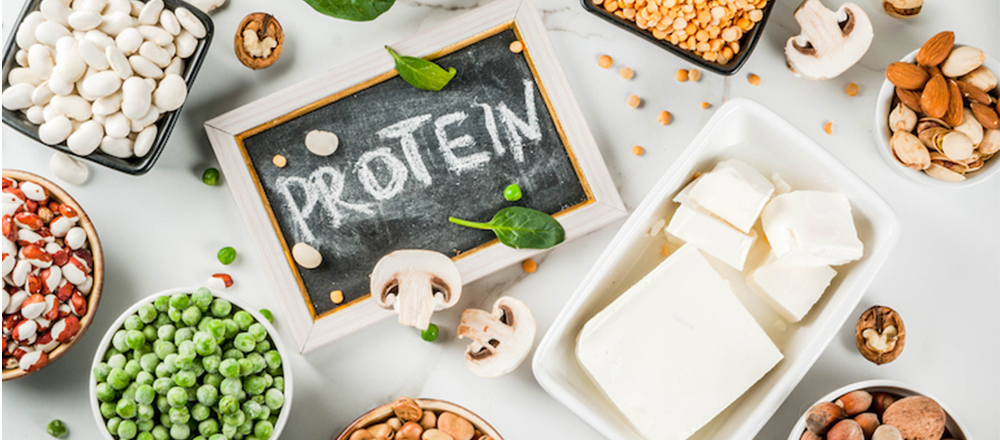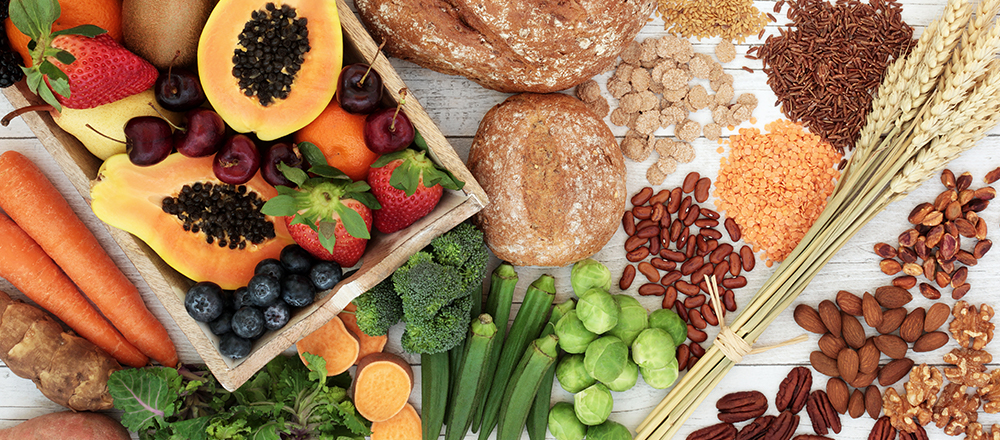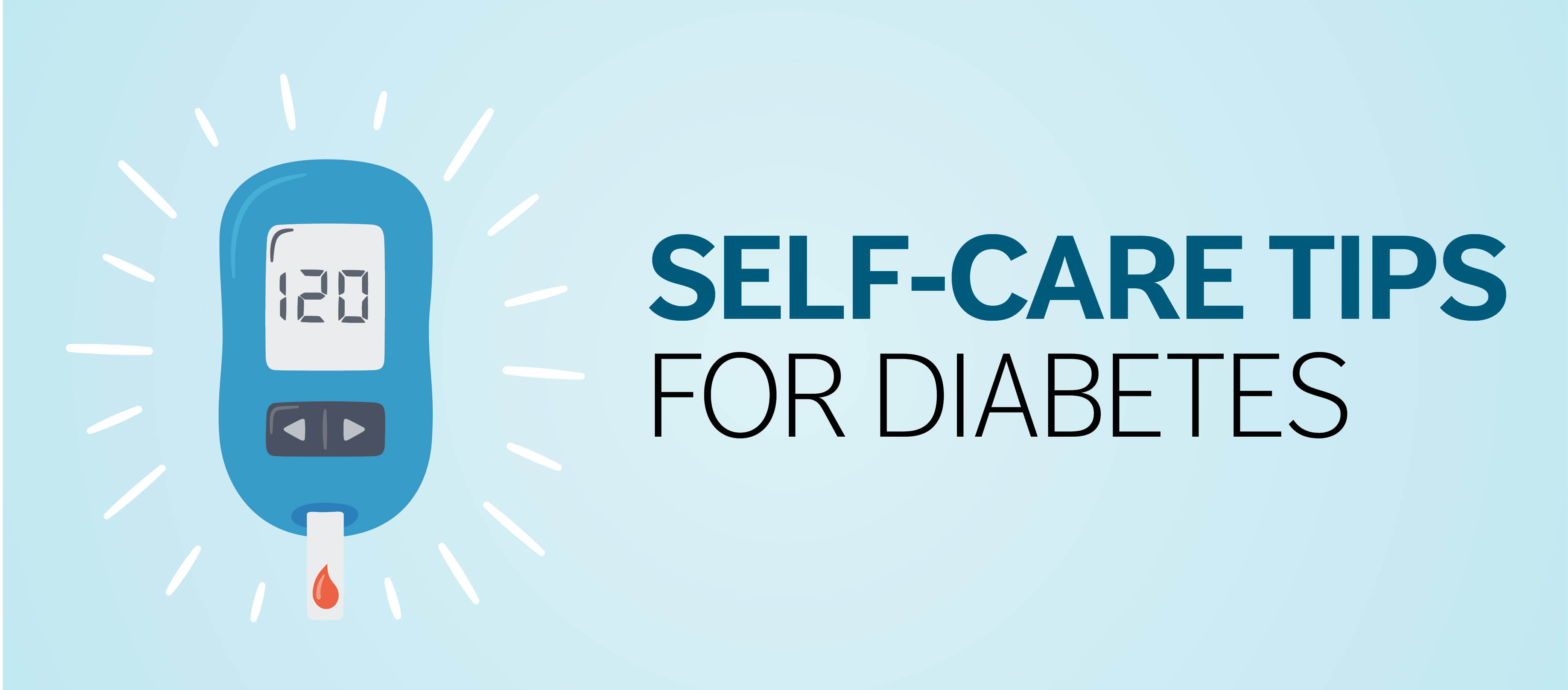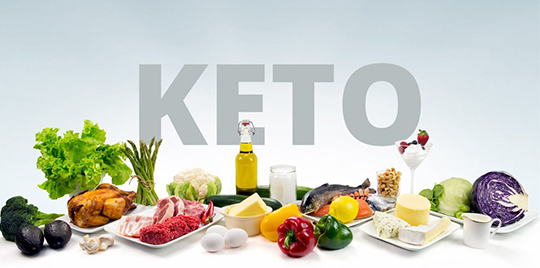Where's the Beef? How to Get Your Protein During the Meat Shortage
May 15, 2020By: Emily Boatman
Categories: Nutrition, Your Wellness

Traditional protein sources such as poultry, beef and pork may be in short supply as meat-packing plants are forced to shut down because of the COVID-19 outbreak. As a result, the cost of meat is on the rise, and many grocery stores are limiting how much meat you can buy at one time. These factors can make it difficult to keep it as a main source of protein.
Protein is one of three macronutrients in our diet. It helps our bodies repair tissue, maintain lean muscle mass, boost immune function and produce hormone enzymes. Protein can also help you feel fuller longer, which helps with weight loss.
Amino acids are the building blocks of protein. While our bodies can make many of the amino acids we need, they cannot make nine of the essential amino acids, so we rely on food to provide them.
Complete Proteins
Foods that contain all nine essential amino acids are called complete proteins. The names of these amino acids are:
- Histidine
- Isoleucine
- Leucine
- Lysine
- Methionine
- Phenylalanine
- Threonine
- Tryptophan
- Valine
Animal products are complete proteins. Some shelf-stable options include canned or vacuum-sealed chicken or fish and beef or turkey jerky. Non-meat complete protein sources include dairy products such as Greek yogurt, milk, cheese, whey protein powders and protein shakes.
Some plant-based proteins, such as quinoa, soy (tempeh, tofu, edamame) and farro also contain all nine essential amino acids.
-
Quinoa and farro are great sources of fiber and healthy carbs; cook them as you would rice and serve them hot or cold as a side dish
Tip: They also taste great as the main protein source when added to salads or soups. - Soy can be used in a variety of ways
- Try cubing tofu and sautéing it with your stir-fry, blending it into a smoothie, or scrambling it in a skillet with your favorite spices and vegetables
- Steamed edamame makes for a satisfying high-fiber snack
-
Found at most grocery stores in the produce section, tempeh is a fermented soybean product that typically also contains beans and grains; crumble it up and cook it in a skillet to replace ground meat or bake/grill it and slice it up
Tip: Add extra flavor by marinating it for a short time before baking or grilling
Protein Alternatives
However, many plant-based proteins lack one or more of the nine essential amino acids. This means it’s more difficult for your body to use them in the same way it uses animal-based proteins. The key to plant-based proteins is pairing foods with amino acid profiles that complement each other.
For example, pair:
- Wheat bread and peanut butter
- Wheat is low in lysine, but peanut butter is an excellent source of it
- Pita bread and hummus
- Wheat is low in lysine, but hummus, which is made from chickpeas (garbanzo beans), is an excellent source of lysine
- Rice and beans
- Rice is low in lysine but high in methionine; beans are high in lysine but low in methionine
For meat lovers, the shortage may challenge you to think about food in a different way. Even if you don’t need to change your habits all that much, consider adding one or more of these protein alternatives to your diet every so often for a little something different.



